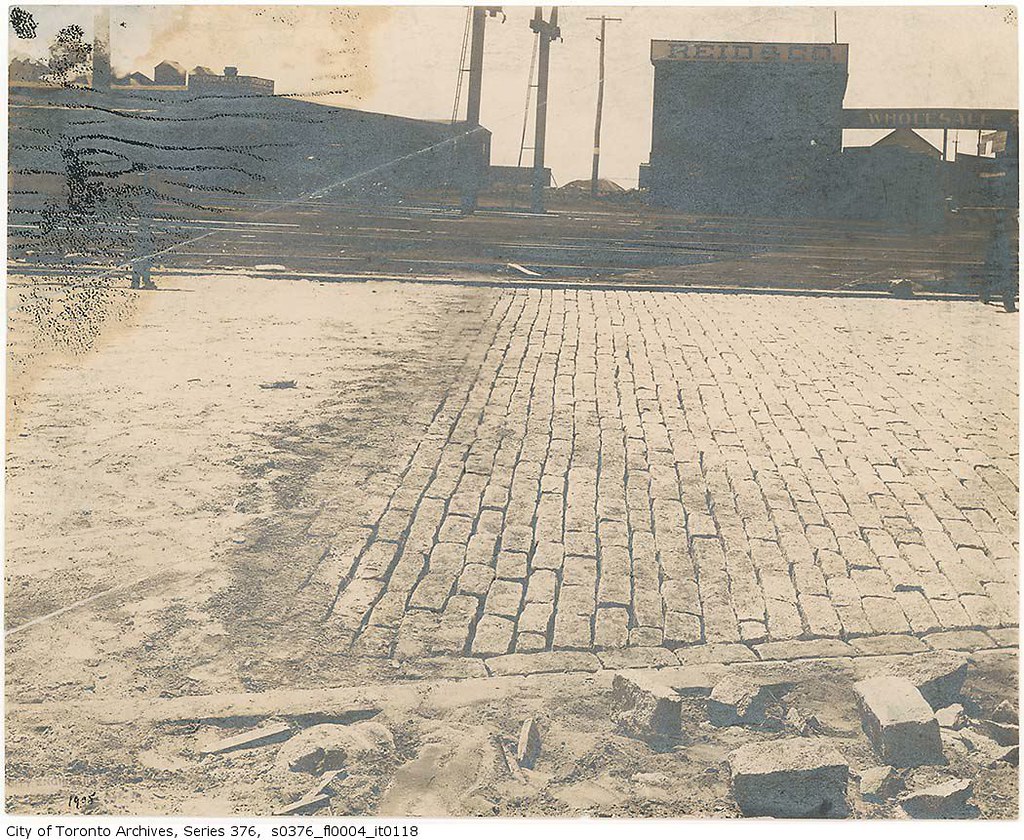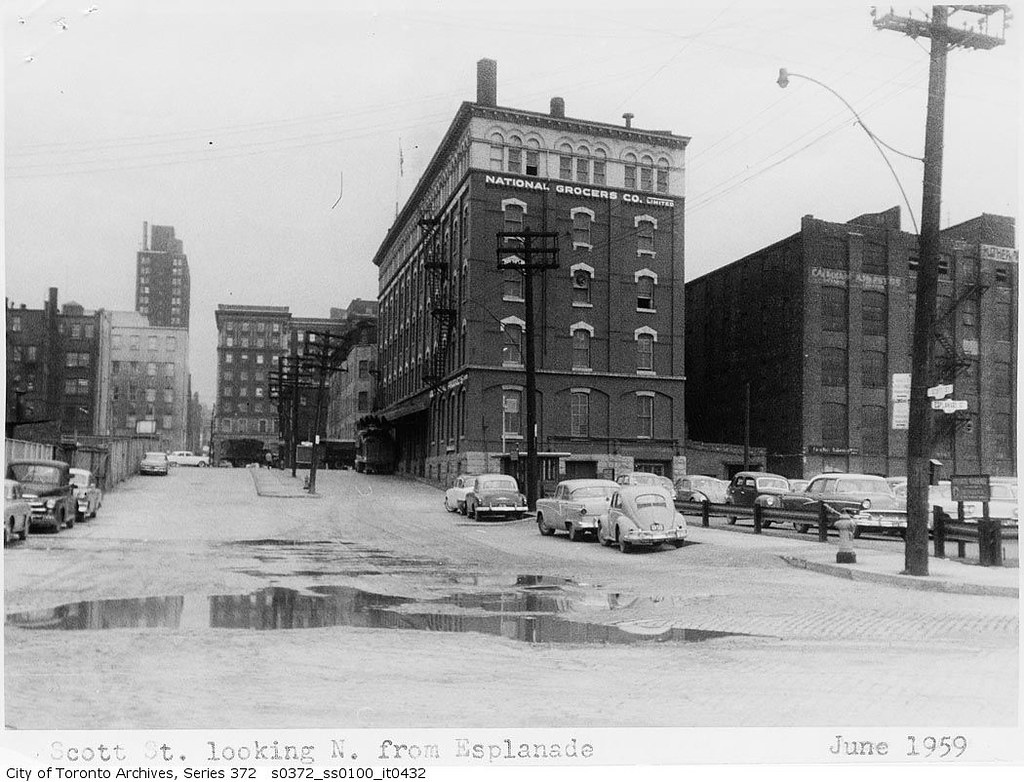junctionist
Senior Member
It must just be an aesthetic thing. I've also noticed that on some streets (especially down in the Sherbourne/Front area), they've left a row of the existing bricks uncovered, and as the road conditions are pretty terrible down there, you're able to see more bricks slowly become uncovered.
You can add the recently completed Percy Street to the list of brick-paved streets. There are definitely some more, and I recall the previous thread as well. If any come to mind, I'll post them here.
I was thinking about Percy Street, but it seems like a very small length of modern paving, so I'm hesitant to include it. I haven't seen it in person, but I think that only the stretch in front of the modern townhouses has those modern pavers.
If you discover some more streets paved with stone or brick, definitely post them here, as one comprehensive list would be quite interesting and useful. I spent some time searching UT and didn't come across a similar thread. I discovered one of the streets on the list by searching UT and I was also reminded of a couple I previously noticed but whose name I forgot.
I also think that the modern practice of laying a row of bricks (formerly three rows) along the sides of certain streets is for aesthetic purposes only. Otherwise, the practice would be extended to all parts of the city. While compiling the list, I also considered the possibility that the bricks are meant indicate that the street was once paved with bricks, establishing a historical link. However, there seem to be quite a few such streets today with rows of bricks by the curb, which casts doubt on that theory.
It's the same with the granite block paving Spoonman mentions on the north sidewalk of Hoskin, which is also seen along Queen Street at Nathan Phillips Square and a few other places. That was most likely a modern beatification scheme and something meant to evoke the historical nature of the area. It also seems that there was little experience and know-how in terms of those who planned the granite block surface on Hoskin and those laying the stones; the gaps between stones are large, and the surface has become very uneven. However, what's interesting is that a history of stone paving can't be ruled out until archival evidence is found.
...Which brings me to some interesting evidence I found of historic stone paving in Toronto. These photos show The Esplanade being paved with stone blocks in 1905:




It's still visible in this 1959 photo of Scott Street and The Esplanade:

I'll be adding streets formerly paved with brick or stone to the list/map soon as well.
Last edited:




